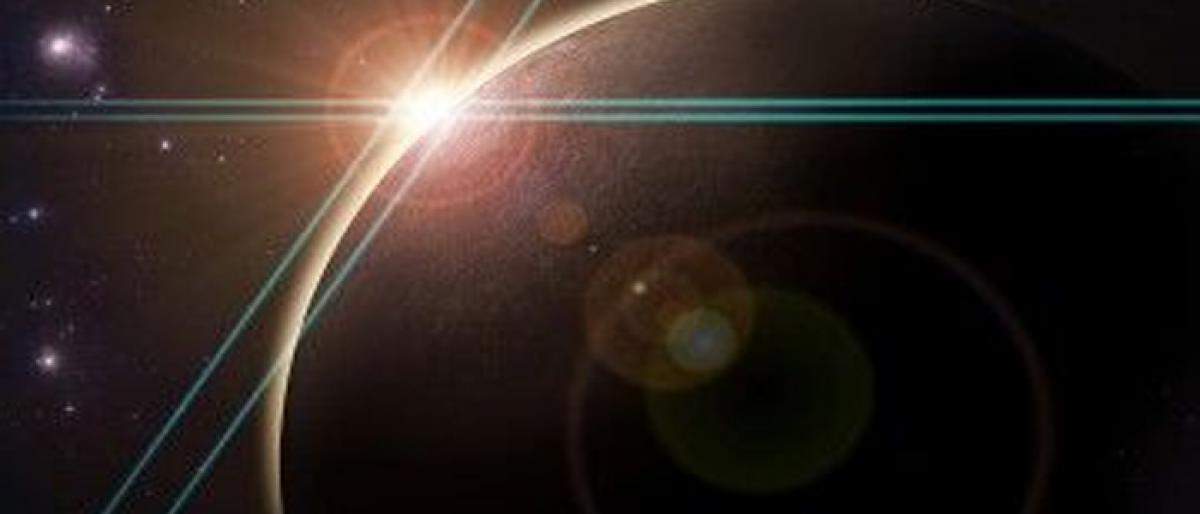Elusive star with origins close to Big Bang discovered

Astronomers have discovered what could be one of the universes oldest stars, a 135 billionyearold body almost entirely made of materials spewed from the Big Bang The discovery of the tiny star means more stars with very low mass and very low metal content are likely out there perhaps even some of the universes very first stars The star is unusual because unlike other stars with very low
Astronomers have discovered what could be one of the universe's oldest stars, a 13.5 billion-year-old body almost entirely made of materials spewed from the Big Bang. The discovery of the tiny star means more stars with very low mass and very low metal content are likely out there -- perhaps even some of the universe's very first stars. The star is unusual because unlike other stars with very low metal content, it is part of the Milky Way's "thin disk" -- the part of the galaxy in which our own Sun resides.
Researchers said that it is possible that our galactic neighbourhood is at least 3 billion years older than previously thought. "This star is maybe one in 10 million. It tells us something very important about the first generations of stars," said lead author Kevin Schlaufman, an assistant professor at Johns Hopkins University in the US. The universe's first stars after the Big Bang would have consisted entirely of elements like hydrogen, helium, and small amounts of lithium. Those stars then produced elements heavier than helium in their cores and seeded the universe with them when they exploded as supernovae.
The next generation of stars formed from clouds of material laced with those metals, incorporating them into their makeup. The metal content, or metallicity, of stars in the universe increased as the cycle of star birth and death continued. The newly discovered star system orbits the galaxy on a circular orbit that, like the orbit of the Sun, never gets too far from the plane of the galaxy. On the other hand, most ultra metal-poor stars have orbits that take them across the galaxy and far from its plane.
The newly discovered star's extremely low metallicity indicates that, in a cosmic family tree, it could be as little as one generation removed from the Big Bang. Indeed, it is the new record holder for the star with the smallest complement of heavy elements -- it has about the same heavy element content as the planet Mercury. In contrast, our Sun is thousands of generations down that line and has a heavy element content equal to 14 Jupiters. The star is part of a two-star system orbiting around a common point.

















